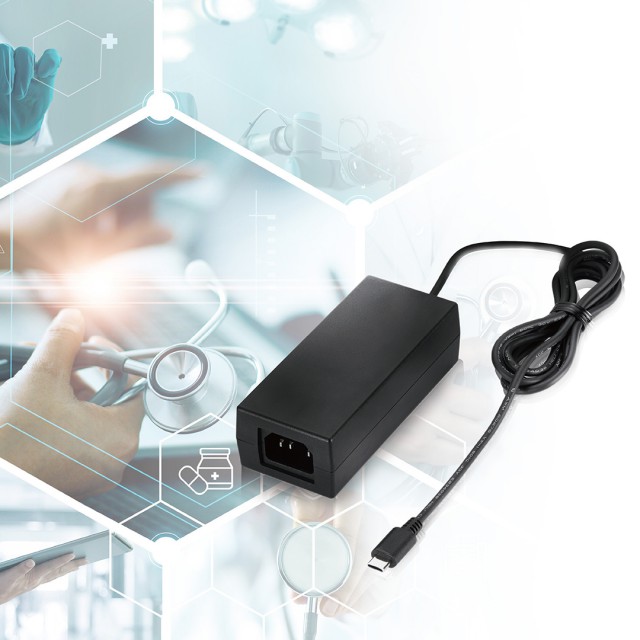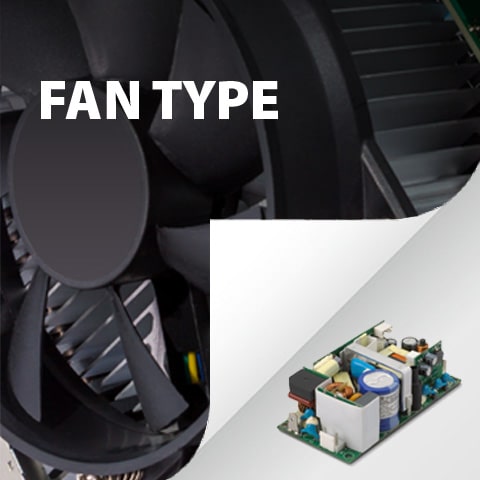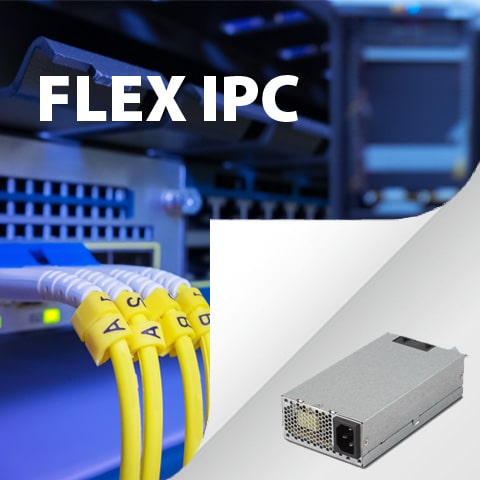Understanding Class 2 vs. Class II Power Supplies: Key Differences Explained
Learn the essential distinctions between Class 2 and Class II power supplies. Discover how FSP Power Solution ensures compliance with NEC and IEC standards for safe, reliable power supply systems, protecting against electrical risks and failures.
Overviews
What is Class 2 power supply?
Class 2 refers to the Class 2 power supply certification by the National Electrical Code; NEC Class 2 specified the wiring requirements between the power output terminal and the load input terminal. The restricted output voltage and power transmission capability of Class 2 power supply are believed to be able to reduce the risk of causing fires and electrical shocks, and therefore allow wiring methods with lower costs.
Article 725 of NEC clearly defined the energy restrictions of Class 2 power supply as follows:
- Output voltage: Less than 60 VDC
- Output power: Less than 100 VA
What is Class II power supply?
Class II refers to the Class II power supply protection level specified by the International Electrotechnical Commission (IEC); IEC defines three safety protection levels for power supply: Class I, Class II, and Class III. These three classes are used to identify different methods to protect power users from dangerous voltages from input powers that are commonly used for medical grade power supply in which Class I power supply uses basic insulation to prevent electrical shocks (such as: The insulation layer on electric wires) and provides ground terminals as a means to prevent electric shocks.
Class II power supply is not connected to ground terminals; they only have two connections: line and neutral. The methods Class II power supply uses to prevent electric shock not only rely on basic insulation; additional insulation and spacing structures must be added to the power structure. For example, using two layers of insulation or a single layer of reinforced insulation between the user and conductor to isolate the output and input. In powers with two layers of insulation layers designed, the first layer is usually called basic insulation; a common example of basic insulation is the insulation layer on electric wires. The second layer of insulation is usually on the outer casing of the product; for example, the plastic outer casing of wall mount power or the plastic outer casing of desktop PC power supply.
Conclusion
Understanding the significant differences between Class 2 and Class II power supply is very important for eliminating confusion and protecting users; these certifications were developed to prevent equipment failures, user dangers and even impacts. It can be known from the description above that Class 2 power supply certification refers to the power’s output voltage and power, and the protection class specified by Class II power supply is for the internal structure and electrical insulation.
Related Articles
-

Das bidirektionale Ladegerät USB Typ-C PD3.1 für Batteriesystemhersteller
-

FSP Power Solution GmbH bringt ein innovatives medizinisches 65W USB-PD Ladegerät auf den Markt
-

Steigern Sie Leistung und Stabilität mit fortschrittlichen CRPS-Stromversorgungslösungen von FSP
-

Neue Generation medizinischer Netzteile: FSP600M-70PB und FSP700M-70PB
About FSP
FSP Group is one of the global leading power supply manufacturer. Since 1993, FSP Group has followed the management conception “service, profession, and innovation” to fulfill its responsibilities as a green energy resolution supplier.






































